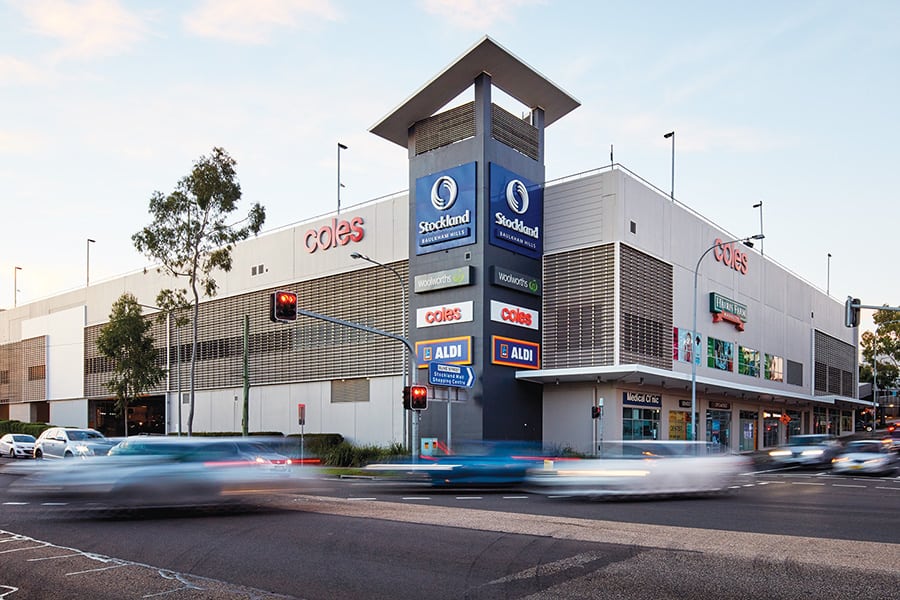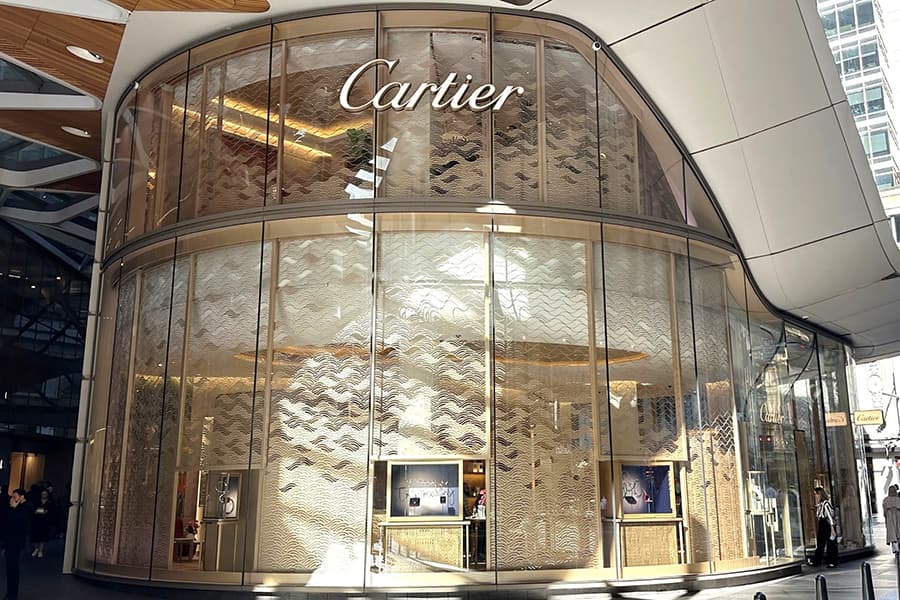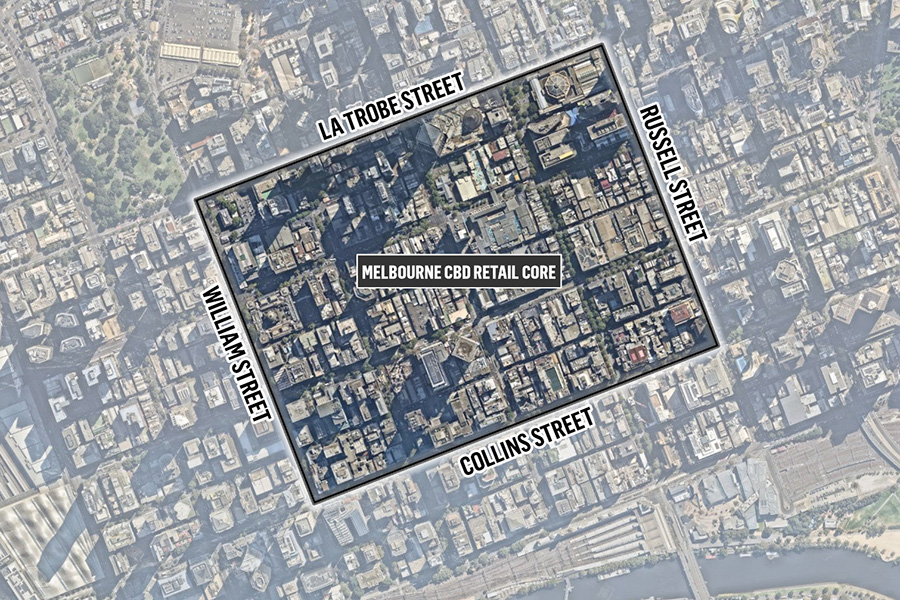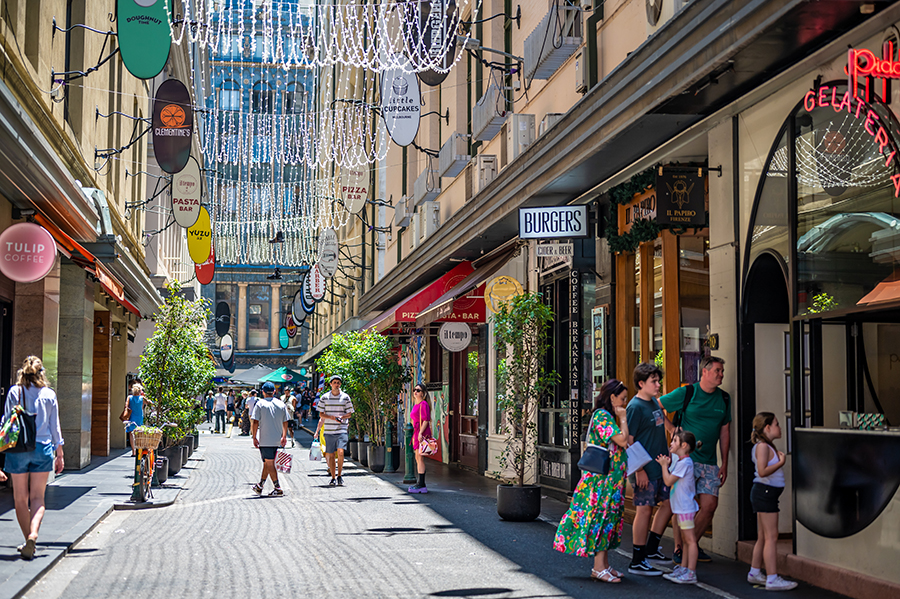Here’s a view of the Mini Guns sector from an ‘outsider’. It’s a view of an ecomomist from some different angles. Quantium’s property division combines data science and artificial intelligence to transform what organisations can achieve through the use of data.
Mini Guns are the most prevalent shopping centre type across Australia, represented across all capital cities (except Darwin) and most regional areas. There are about 150 Mini Guns across Australia, around 100 Big Guns, about 100 Little Guns and some 20 CBD Guns (reporting to SCN).
The average size of a Mini Gun is about 12,000m2; however, they vary greatly in size and performance, ranging from 6,000m2 to 20,000m2. Smaller centres might have a supermarket and 10 to 15 specialties, whereas one of the largest, Stockland Bathurst, has both Target and Big W DDS, a Woolworths supermarket and 38 specialties, totalling 19,641m2 in GLA.
The median MAT for Mini Guns is about $93 million, however, sales range from less than $40 million, to more than $200 million, a threshold achieved by just one Mini Gun this year – St Ives Village, which reported MAT sales of $245 million, which would place it in the Top 20 Little Guns shopping centres. Another 12 Mini Guns achieved sales of more than $150 million this year, sales volumes that would make many Little Guns blush.
Access to transaction level data allows us (and our clients) to precisely define trade areas, using detailed geographical insights around consumer penetration, frequency of visitation and average spend per capita, over time. We have been working closely with shopping centre clients for more than six years, perfecting benchmarks and methodologies to define these trade areas. With the help of data scientists, actuaries and sophisticated modelling/AI processes, we can accurately monitor centre market shares, online expenditure, competitor leakage, detailed tracking/profiling of customers, and indeed, non-customers, all at varying levels of detail (ie. by trade area sector, by category type, or by customer segment).
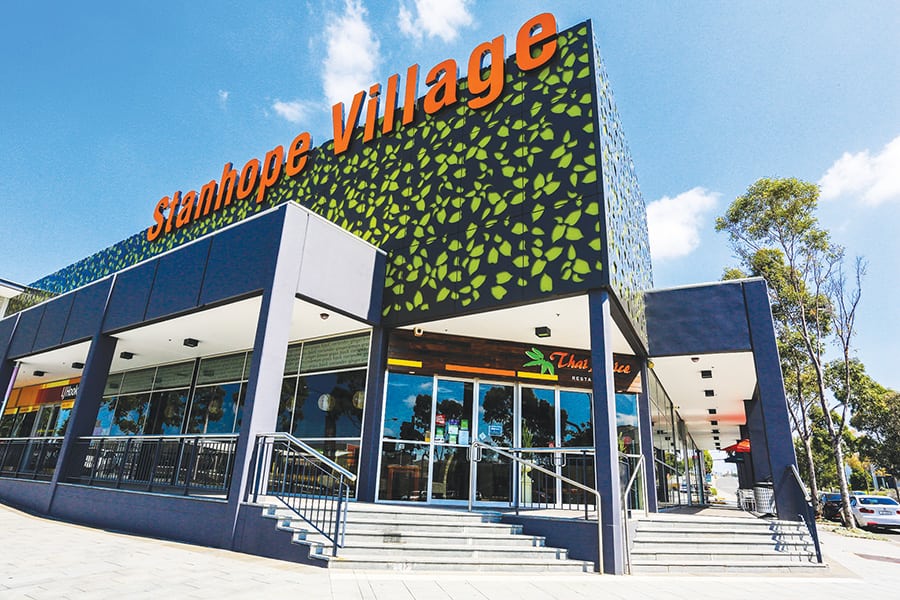
Stanhope Village, NSW – single DDS, double supermarket Mini Gun
Based on our experience, Mini Gun centres typically serve main trade area populations of between 30,000 and 80,000, with some serving main trade area populations of more than 100,000. These are big potential customer pools. Mini Guns often dominate their primary trade areas, as they tend to be the closest shopping centre for most primary sector residents. While they tend to capture about 10 to 12% of their main trade area spend, they typically capture about 20 to 30% of their primary sector spend.
The supermarket anchor is the dominant drawcard for Mini Guns, even those with discount department stores, and shoppers typically visit a supermarket at least once a week.
Based on our analysis, supermarkets typically generate about 55 to 60% of Mini Guns MAT.
Importantly for Mini Guns, in the supermarket category, the physical store is absolutely dominant. Whereas online now comprises more than 20% of total sales in some categories (think leisure, general retail etc), the share of supermarket sales attributable to online is just 2-3%, compared with 8-9% for total retail. Furthermore, while online sales have been growing significantly relative to total retail sales during the past few years, driving an approximate 0.5% share increase every year, the online share of supermarket retailing has been increasing more gradually, particularly as it comes off a smaller base.
There are many reasons that supermarket retailing has proven to be resilient to the online effect. The supermarket category is dominated by a handful of operators, operating with low margins, relative to other categories. Keeping costs low is critical in this type of environment and delivering products to individual dwellings is costly. ALDI does not yet have on online presence for precisely this reason. Because it is costly, supermarket retailers that have on online platform tend to charge a fee associated with home delivery, unless the order is very large. For express delivery, the fee is higher.
Many ALDI customers also need to shop at Coles or Woolworths, for items not available at ALDI. In most instances, such an interaction would be part of a physical shopping trip. Furthermore, when people shop physically, they might undertake impulse purchases. Why would supermarket operators want to change that behaviour, if they don’t need to?
Because of their supermarket anchors, proximity and convenience, Mini Guns are visited often throughout all times of the year. Naturally, with Christmas, December is the busiest time of year for pretty much all shopping centres. About 11% of all retail sales occur in the month of December (an over-indexation of some 30%). In certain categories, such as apparel (13-14%) and department store/DDS (15%), December is vitally important to total annual sales.
Quantium data shows that a Mini Gun customer typically transacts at a Mini Gun shopping centre about three to four times per month.
In December, transaction frequency increases by about 10-20%. Not only do people shop more often in December but they also ramp up their average spend at their local Mini Gun, with average (electronic) transaction sizes increasing from about $50 through most of the year to about $55 in December.
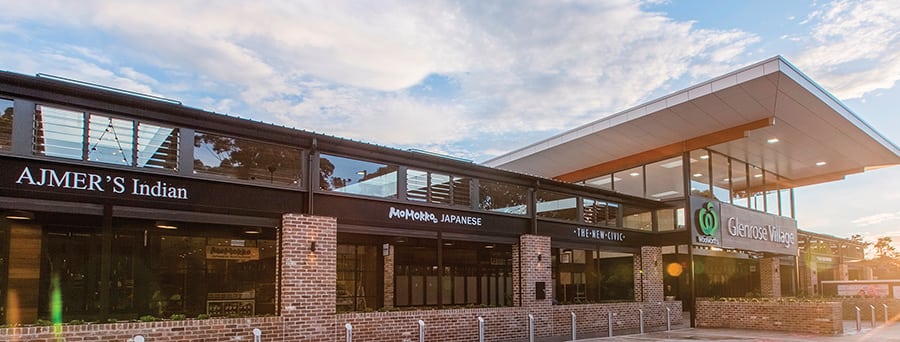
Glenrose Shopping Village, NSW – mid-sized double supermarket Mini Gun
Clearly, at Christmas time, the physical shopping centre shines. People shop with their feet in December. They need to buy food and drinks for family gatherings, they socialise more (ie. eat out, go for drinks, see movies), and they need to buy Christmas presents – often under time pressure, which means online becomes far less attractive than usual. Then there are post-Christmas sales, where people head to the shops.
The proportion of online sales, as a share of total retail spending averages at about 8-9% across the year, peaking around November.
In December, the online share falls by about 15-20%, to about 7% of total sales. The beneficiaries are physical shopping centres.
Further to the above, Quantium has been undertaking general research around how online is impacting particular categories, across shopping centres generally. One of the metrics we examined is store openings and closures on a monthly basis, over time. Using the apparel category as an example, an interesting, although not unexpected finding, was that total store closures peak in January, indicating that retailers are keen to trade through one final December month, before closing down a particular physical store.
Big Guns tend to see their main trade area market shares spike in December, sometimes by about 20-30%, with considerable uplifts in specialty apparel and department store retail. Yet Mini Guns hold their own throughout December. Even with large redirections of spending to higher order centres – which can meet a breadth of Christmas present requirements (book for mum, running singlet for dad, voucher for the brother, wine for the aunts etc), due to the general inclination of shoppers ditching online for the physical shopping centre,
Mini Guns tend to hold their market shares just fine around Christmas, and indeed, see a minor uptick from around 10-10.5% to about 10.5-11% in December. Mini Guns are a vital component of the retail shopping centre hierarchy and an important part of most shoppers’ annual retail journey. They provide bang for their buck, generating average MAT/m2 of about $9,600m2, driving frequent visitation as convenience hubs. They are not fickle friends, but strong stable companions, there for you all year round. In the festive spirit, they go a little harder around Christmas.


